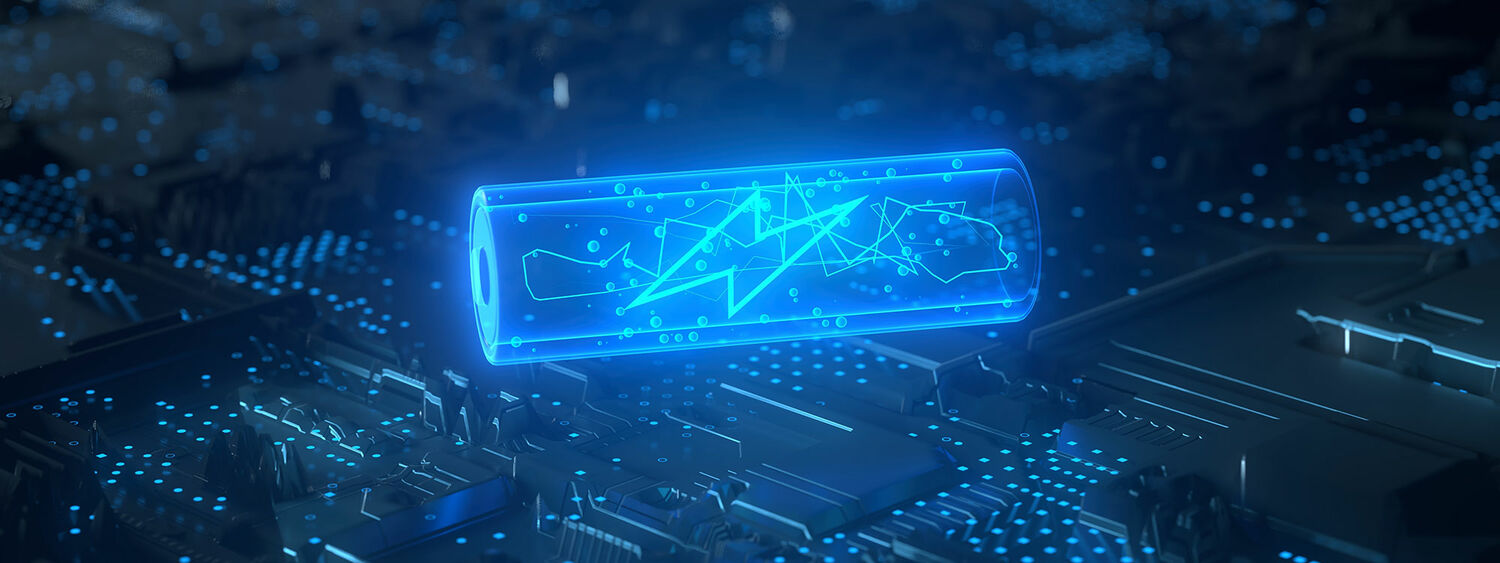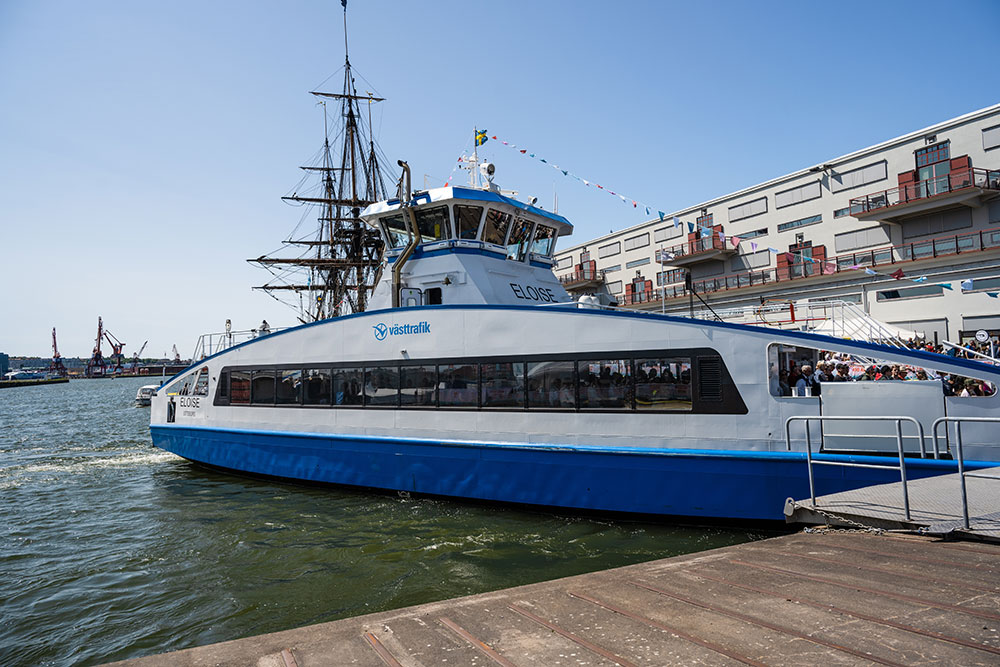
The rising importance of Electrical Design in modern shipbuilding
Written by Kristjan Müül
Posted on January 23, 2024
According to Clarksons Research, more than 60% of newbuild orders placed in 2022 were for alternative fuel powered vessels. The green technology wave and uptake of alternative fuel propulsion are having a lasting impact on ship design: Among others, the importance and impact of electrical design is rapidly increasing.
The growing focus on alternative fuels has seen a marked uptake in hybrid and electrified solutions. This transition is greatly increasing the complexity of ship designs, especially ship electrical systems, which have a significant impact on overall ship design. As a result, electrical design can no longer be conducted in a disconnected fashion. To drive project efficiency and ensure success, electrical design must be integrated with the rest of the ship design project from the very beginning with tools that are fit for purpose.

A hybrid electric ferry in Gothenburg, Sweden
The emergence of hybrid and electric ships – impact on ship design
Hybrid and electric powered ships are advanced vessels powered by a combination of diesel, LNG, LPG, methanol, ammonia, and electric motors or solely by electric motors. The incorporation of these complex electrical systems is a substantial task, necessitating a deep understanding and expertise in electrical design.
The components of electrical systems, such as batteries, switchboards, electric motors, rotor sails and charging systems, demand careful consideration in terms of placement and integration. These elements directly impact the naval architecture, equipment layout, weight distribution, and safety considerations. Estimates suggest that the workload for an electrical engineering team to design an all-electric ship can be up to three times greater than that required for a conventional ship!
These factors, in turn, necessitate a paradigm shift in the way ship design projects are executed. The common approach of subcontracting a turnkey supplier for all electrical systems and installation falls short when faced with large-scale projects and the requirements for deeper integration of electrical systems with propulsion systems and higher safety regulations. Electrical design must be integrated with other ship design disciplines and incorporated from the earliest stages of ship design projects to ensure all components work in harmony and efficiency is optimized.

A hybrid ferry with a Flettner rotor sail
The transformation imperative
Many of the readers will be familiar with setbacks like project deadline overruns due to delays in receiving the necessary information, manual change management, or last-minute changes. Often, these changes require modifications to the ship 3D model, mass calculations, center of gravity calculation, and so on. This is the result when design departments or turnkey suppliers do electrical design work in a vacuum, disconnected from the other shipbuilding disciplines and project teams.
The situation above may have suited some shipyards when electrical installations were less complex and crucial, and when higher price tags could be added without much resistance to mitigate the resultant project uncertainties and inefficiencies. The current fierce global competition for shipbuilding projects means that this luxury is no longer available – the most efficient shipyards are getting the bulk of the projects and will do so in future.
Tools for fully comprehensive and integrated electrical design
When electrical design is integrated with ship 3D modeling it delivers greater precision, collaboration, cost-effectiveness, project quality and improves the management of the whole design process.
For optimal efficiency, one electrical design solution should be used that can create all the main project deliverables like single- and multiline drawings, as well as electrical arrangement- and cabinet layout drawings with related reports. CADMATIC Electrical is such a tool. This way, the use of costly and different Electrical CAD tools that lack integration and/or require extensive training and tailoring can be avoided. It is also best to steer clear of basic software tools that do not address the specific electrical design needs of the shipbuilding industry. Importantly, the chosen electrical design solution needs to come with out-of-the-box integration with other ship design disciplines.
Conclusion – Electrical design in shipbuilding must evolve or it will have increased negative impacts on projects
It has become increasingly clear that siloed electrical design processes in shipbuilding are no longer viable, at least if the aim is to be efficient and competitive. The integration of electrical design with other ship design disciplines from the start is imperative for optimizing efficiency, reducing costs, and managing the complexities of modern shipbuilding.
A ship electrical design solution must offer a comprehensive approach, covering all aspects of electrical and automation design, and ensure seamless collaboration between different design disciplines. By embracing fully integrated electrical design tools, shipbuilders can avoid the pitfalls of outdated methods, such as manual change management and the inefficiencies associated with disconnected design processes.
The future of successful modern shipbuilding lies in the ability to adapt to the changing seascape, and, among others, the use of advanced and integrated electrical design solutions that are tailor-made for the shipbuilding industry.
Ready to elevate your project efficiency? Contact us to discover how our integrated approach to electrical and mechanical design fosters collaboration, overcomes challenges, and delivers value to every team member. Let's transform your workflow together!
